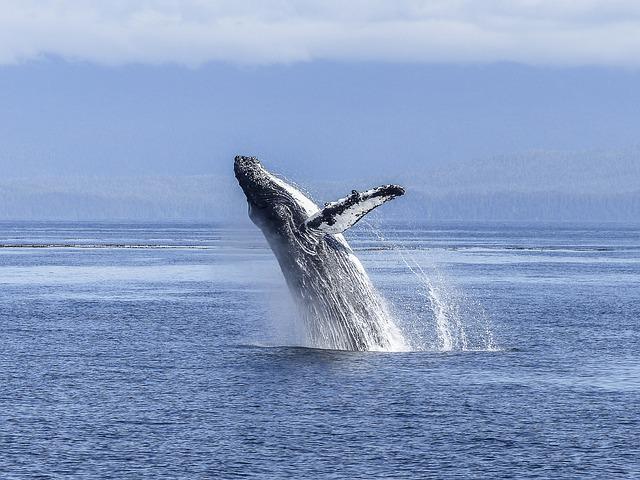Victor Schoelcher, un parisino cuya campaña en favor de la abolición de la esclavitud en las colonias francesas se vio coronada por el éxito en 1848, fue elegido gobernador diputado de Guadalupe.

As every year before the pandemic, Costa Rica celebrates the arrival season of humpback whales in the Ballena Marine National Park. In 2022 the festival returns with renewed energy after two years without celebrations. It is a unique opportunity to see these spectacular mammals, which can measure up to 16 meters, as they approach the warm coasts of the country looking for places to have their calves. A unique spectacle of nature that is repeated twice a year, the first between December and March from the northern hemisphere, and the second between July and October from the southern hemisphere. But, in addition, in the area, you can see 5 types of dolphins of the 16 that Costa Rica has.
The Festival
Over 12 years ago, a group of local tour operators realized that in these months, which are more rainy and therefore with less affluence of tourists, many whales were sighted in a show that few knew. Little by little, local companies coordinated to give visibility to the event, which resulted in the Whales and Dolphins Festival, or what is the same, a few days dedicated to cetaceans with more and more activities for everyone: boat tours, folk music, sand sculptures, surfing championships, educational talks and workshops for children. This boosts the local economy while raising awareness and respect for the animals.
Whale Marine National Park
Located on the southwest Pacific coast, it is a renowned site for humpback whale watching, but is also known for the sand formation called the Tombolo. During low tide, this formation looks like the tail of a whale from the air, and from the ground you can walk on it, observing a real whale tail.In addition to Uvita beach, where the Tómbolo is located, there are other beaches within the Protected Wildlife Area: Bahía, Colonia, Ballena, Arco and Piñuelas, and even without sighting whales at sea the views are spectacular.

Victor Schoelcher, un parisino cuya campaña en favor de la abolición de la esclavitud en las colonias francesas se vio coronada por el éxito en 1848, fue elegido gobernador diputado de Guadalupe.